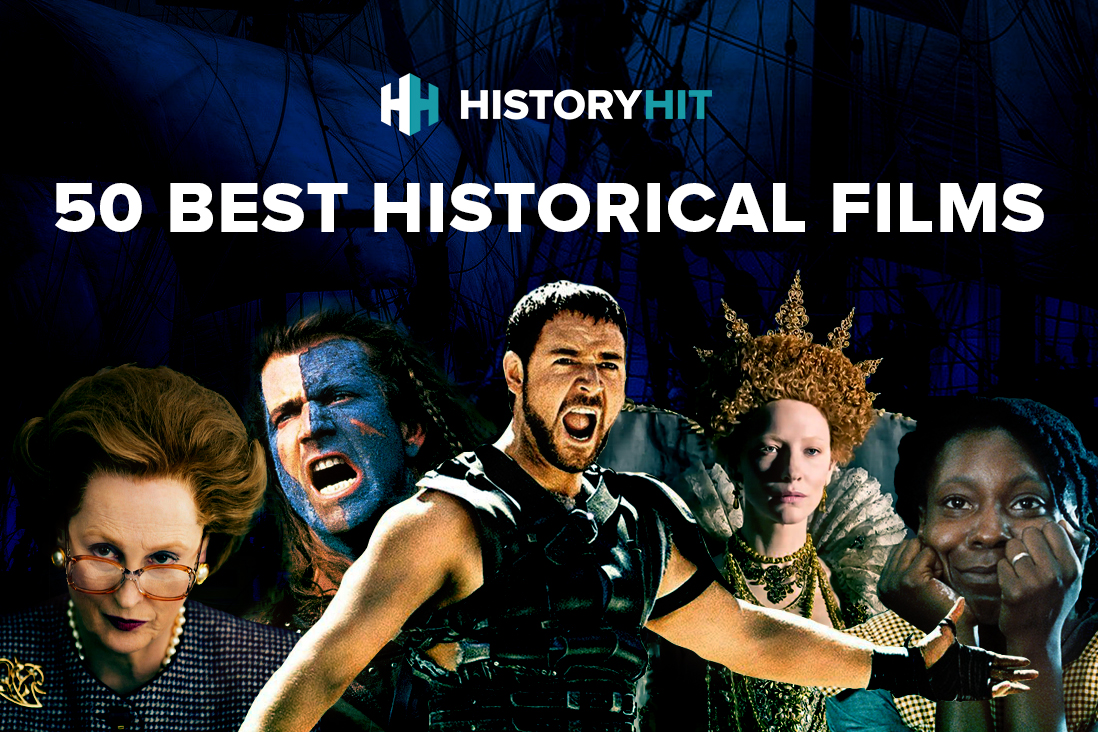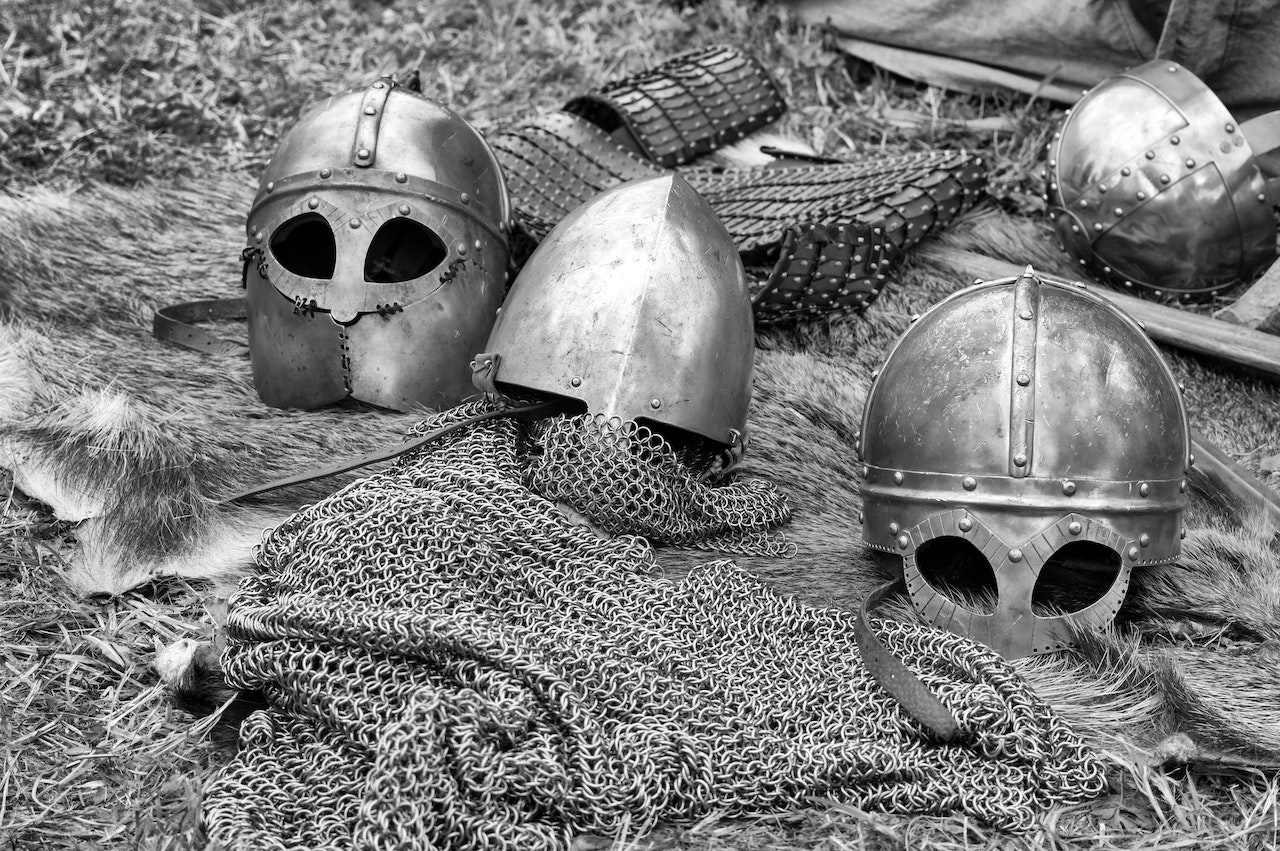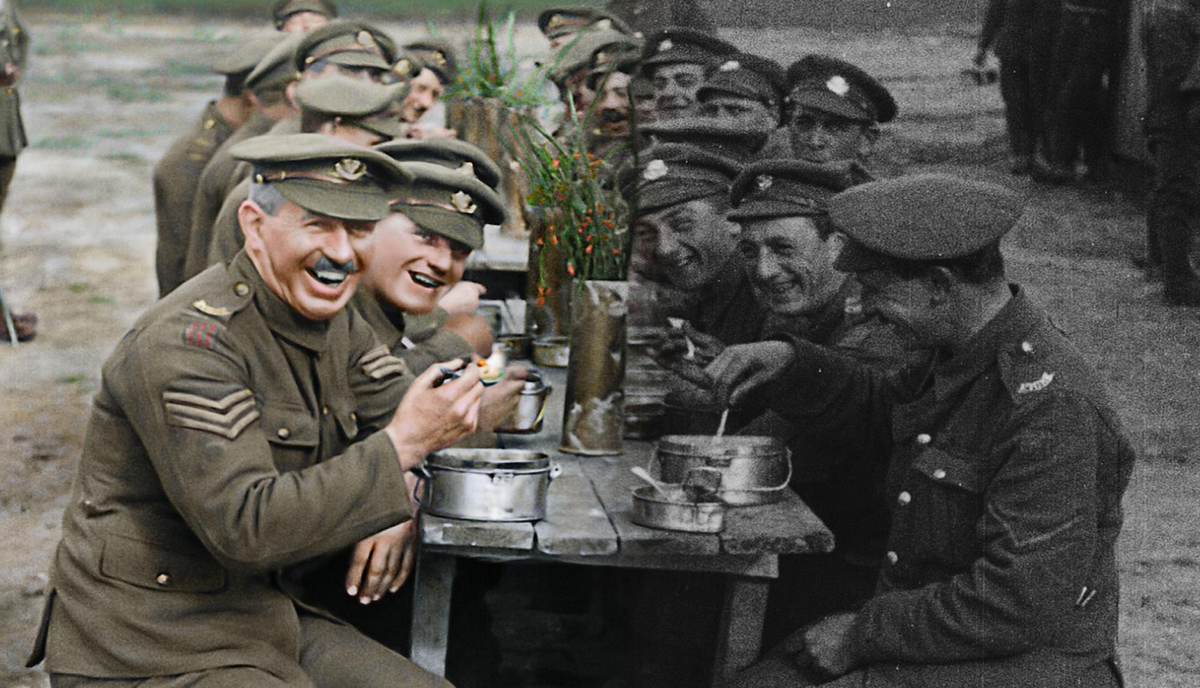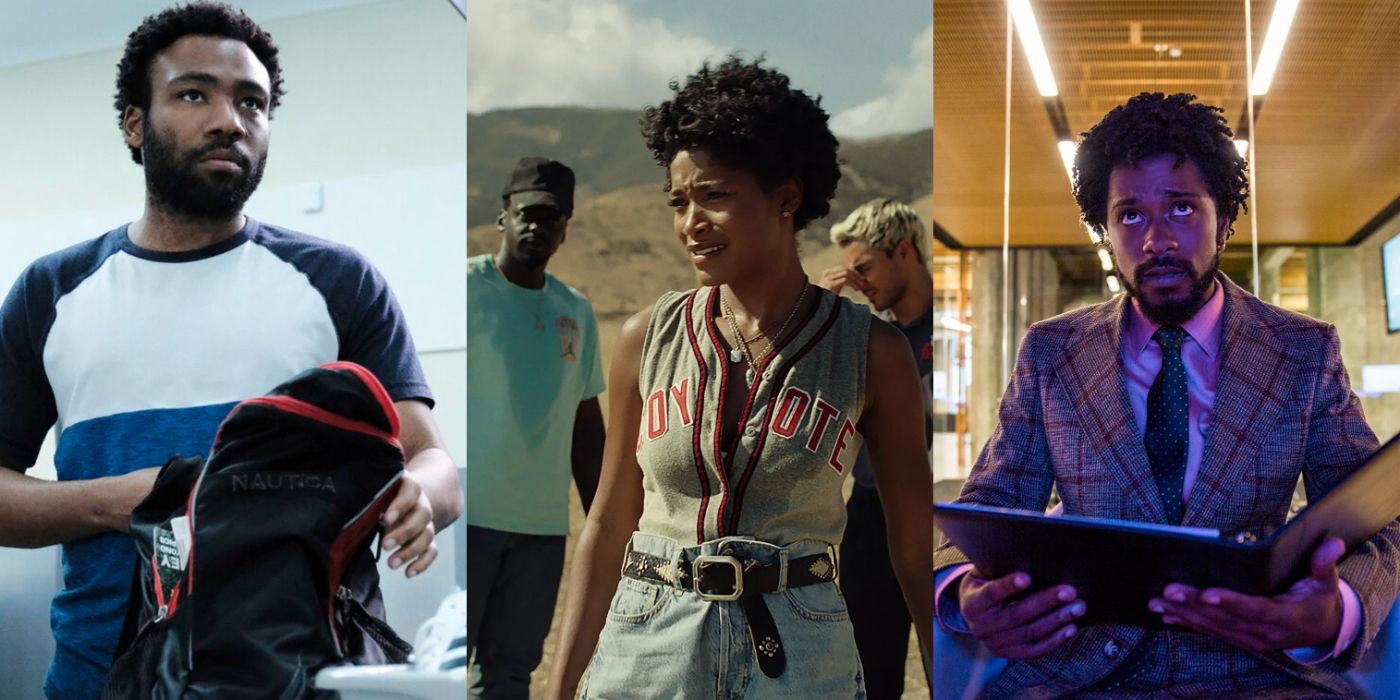Historical Films vs. Reality: The Fine Line Between Fact and Fiction
The allure of historical films lies in their ability to transport audiences to distant eras, offering a glimpse into the past through the vivid tapestry of storytelling. These films have the power to educate, captivate, and entertain, yet they also tread a delicate path between fact and fiction. While they aim to bring history to life, the question arises: how closely do these cinematic portrayals align with reality?
The Challenge of Authentic Storytelling
Creating a historical film involves an intricate balancing act. Filmmakers often grapple with the tension between remaining faithful to historical events and crafting an engaging narrative. This challenge is compounded by the need to condense complex historical narratives into a timeframe palatable to moviegoers, often replete with dramatic arcs and character development.
In pursuing authenticity, filmmakers are typically guided by historical consultants, archival research, and sometimes collaboration with historians. However, even the most meticulously researched films often make creative concessions. This may include altering timelines, merging characters, or dramatizing certain events to enhance the storyline. Such decisions are often justified as necessary for maintaining audience engagement and ensuring the film's commercial viability.
When History Meets Artistic License
Artistic license is a double-edged sword. On one hand, it empowers filmmakers to weave compelling narratives that can illuminate historical themes and humanize figures from the past. On the other, it can lead to historical distortions that skew public perception or oversimplify complex issues.
Take, for instance, films like "Braveheart" (1995), which, while immensely popular, famously took liberties with historical facts. The film depicts William Wallace as a central figure in Scotland's struggle for independence. However, historians have pointed out numerous inaccuracies, from anachronistic clothing to exaggerated depictions of battles and relationships. Such alterations, while contributing to the film's epic feel, compromise its historical fidelity.
Alternatively, films like "Schindler's List" (1993) and "12 Years a Slave" (2013) are praised for their immersive realism and dedication to historical accuracy, underscoring the perils and triumphs of their respective eras. These films illustrate how creative choices and adherence to facts can coexist, creating both a gripping narrative and an educational experience.
The Impact on Public Perception
The influence of historical films extends beyond the cinema, as they often shape public understanding of history. Many viewers, especially those without a strong background in the subject matter, may take the events depicted as factual. This phenomenon underscores the responsibility of filmmakers to balance creativity with accuracy, as films serve as a powerful tool for education and cultural reflection.
Critics argue that inaccuracies in historical films can perpetuate myths or simplify complex historical contexts, leading to a skewed perception of events. For example, the portrayal of Cleopatra in various films has often relied on misconceptions and stereotypes, overshadowing her true historical significance and the complex geopolitical landscape of her time.
Yet, it is essential to recognize that historical films operate within a distinct medium, one that prioritizes visual storytelling over scholarly analysis. This necessitates certain compromises, and though they provide an entry point into historical events, they should ideally encourage further exploration and understanding.
Conclusion: A Dialectical Relationship
Historical films inhabit a unique space where history and art merge. The push-and-pull between factual representation and dramatic narrative remains a focal point of discussion within cinematic circles. While filmmakers must inevitably make choices that serve the narrative, their responsibility to the audience is significant—they must aim to ignite curiosity, inspire learning, and, above all, portray history with integrity.
In the end, the relationship between historical films and reality is dialectical. It involves a conversation between past and present, filmmaker and audience, fact and fiction. Recognizing the limitations and possibilities of this relationship enhances our appreciation of cinema as both an art form and a conduit for understanding history.
As this exploration continues, the next section will delve deeper into specific case studies that highlight both successful and contentious examples of historical portrayal in cinema, examining their impact and the lessons they offer for filmmakers and audiences alike.
Case Studies: Historical Films Under the Lens
To unravel the complex interplay between historical accuracy and cinematic storytelling, it’s instructive to analyze certain films that have both succeeded and faltered in their portrayal of history. These case studies exemplify how the film industry navigates the delicate line between honoring factual history and embracing artistic expression.
"Gladiator" (2000): Reviving Ancient Rome
Ridley Scott's "Gladiator" is hailed as a triumphant portrayal of the Roman Empire's grandeur and decadence, with Russell Crowe's portrayal of Maximus Decimus Meridius becoming iconic. The film captures the brutality and spectacle of the Roman gladiatorial games with vivid detail, offering a powerful cinematic experience.
However, historians have pointed out several inaccuracies. The character of Maximus is fictional, and while Marcus Aurelius and Commodus were real historical figures, their interactions and storyline in the film are largely dramatized. The depiction of Commodus as a deranged tyrant was criticized for lacking nuance, though it served the narrative's dramatic tension.
Despite these discrepancies, "Gladiator" succeeded in generating renewed interest in Roman history, prompting audiences to explore the era further. It highlights how films can act as catalysts for learning, even when absolute historical fidelity is sacrificed for thematic storytelling.
"The King's Speech" (2010): A Royal Struggle
"The King's Speech" skillfully marries historical authenticity with compelling narrative, gaining acclaim for its portrayal of King George VI’s battle with a speech impediment. The film meticulously recreates the late 1930s and early 1940s, reflecting both the political tensions of the time and the personal challenges faced by the monarchy.
While there are minor historical liberties taken—such as the compression of timelines and dramatization of personal relationships—the film's core narrative of overcoming adversity rings true. This careful balance between drama and history earned it critical and commercial success, winning multiple Academy Awards.
In this case, the filmmakers adeptly utilized historical context to enhance the personal story of George VI, providing an authentic and humanizing glimpse into the life of a reluctant ruler on the cusp of World War II.
"Argo" (2012): Tension and Truth
"Argo," directed by Ben Affleck, dramatizes the 1979 Iranian hostage crisis, focusing on the daring rescue of six American diplomats. The film’s nail-biting suspense and thrilling narrative earned praise, but it also faced criticism for historical distortions, particularly in its depiction of the role various nations played in the rescue mission.
While "Argo" emphasizes the CIA and Canadian embassy's efforts, it downplays the contributions of other nations and dramatizes the peril faced by the diplomats. Critics argue that the film distorts some real-life events for dramatic effect, which can lead to misunderstandings about the actual historical context and diplomatic efforts involved.
This underscores the delicate balance filmmakers must strike, as compelling storytelling sometimes necessitates embellishments that can overshadow the collective nature of historical events.
The Filmmaker's Dilemma: Entertainment vs. Education
The contrasting approaches in these films highlight a recurring dilemma for filmmakers: should the primary goal of historical films be to entertain or to educate? While some films manage to achieve both, others prioritize one at the expense of the other.
For filmmakers, the pressure to produce commercially viable content often encourages the use of narratives that appeal to a broad audience. This can result in simplified storylines or romanticized depictions of history, which, while engaging, might mislead viewers about historical realities.
However, this does not negate the educational potential of historical films. Rather, it suggests a framework where films serve as introductory materials that ignite curiosity about historical subjects. Ideally, audiences are inspired to seek out additional sources of information, exploring documentaries, books, and academic articles to gain a fuller understanding of the events depicted.
Building a Constructive Dialogue on Historical Accuracy
To navigate the complex dynamic between historical films and reality, a constructive dialogue among filmmakers, historians, and audiences is essential. Educators and critics play a crucial role in this discourse by contextualizing films within historical realities and encouraging viewers to question and explore further.
Moreover, advancements in technology and the increasing availability of resources offer filmmakers new tools to achieve greater historical accuracy. From consulting with historians to utilizing digital recreations of historical settings, these tools can enhance the authenticity of cinematic portrayals without sacrificing narrative appeal.
In this dialogue, transparency from filmmakers about the creative liberties taken in their works could also contribute to a more informed viewing experience. By acknowledging the blend of fact and fiction, filmmakers can maintain integrity while still exercising artistic freedom.
Through these measures, historical films can continue to transcend mere entertainment, cultivating a richer, more nuanced appreciation of history among audiences. In the upcoming section, we will explore the evolving role of technology in filmmaking and further examine how the industry might reconcile the demands for entertainment with the responsibilities of historical integrity.
The Role of Technology in Enhancing Historical Accuracy
As technology continues to evolve, it offers filmmakers innovative ways to enhance historical accuracy in their cinematic portrayals. The advent of digital tools, including CGI and virtual reconstructions, allows filmmakers to recreate historical environments with remarkable precision, offering a more immersive experience while staying true to historical sources.
For instance, films like "Dunkirk" (2017) showcase how technology can aid in delivering an authentic historical experience. Director Christopher Nolan utilized a combination of practical effects and minimal CGI to faithfully recreate the WWII evacuation at Dunkirk. This commitment to authenticity, facilitated by technological advancements, results in a gripping and realistic portrayal that aligns closely with historical events. The film's dedication to detail, such as the use of antique aircraft and historically accurate uniforms, underscores the potential of technology to bridge the gap between narrative drama and historical faithfulness.
The Importance of Diverse Perspectives in Historical Films
While technology can enhance the visual and factual accuracy of historical films, the narratives often reflect the perspectives of those in power or dominant cultural narratives. As audiences become increasingly diverse, there is a growing demand for films that capture a wider array of perspectives, shedding light on stories previously overlooked or marginalized.
Films like "Hidden Figures" (2016) serve as a testament to this evolving narrative landscape. By focusing on the lives of African American women mathematicians who played crucial roles at NASA during the Space Race, the film challenges conventional historical narratives and highlights the contributions of individuals historically sidelined. This shift towards inclusivity enriches the historical film genre, encouraging viewers to engage with a broader spectrum of historical experiences.
Moreover, inclusive storytelling not only provides a more comprehensive view of history but also resonates with contemporary audiences, reflecting ongoing social and cultural discussions about representation and equality.
Reimagining the Educational Role of Historical Films
The integration of technology and diverse perspectives positions historical films to play a significant role in education. By leveraging the engaging elements of cinema, educators can use films as supplementary tools in classrooms, prompting discussions that explore the accuracy and implications of the portrayals.
Documentary films, in particular, have shown potential in this area, combining archival footage with expert commentary to offer a balanced view of history. Programs dedicated to media literacy can further empower students to critically assess films, discerning between factual representation and artistic interpretation.
Furthermore, collaboration between filmmakers and educators can yield educational resources linked to films, such as curriculum guides and discussion topics that encourage deeper engagement with historical events. This approach not only enriches learning experiences but also helps cultivate a critical viewership capable of analyzing and appreciating the complexities of history as portrayed in film.
Looking Forward: The Future of Historical Films
As we look to the future, the potential of historical films to educate, entertain, and inspire remains vast. Advances in technology, coupled with a growing commitment to diverse and inclusive storytelling, promise to enrich the genre, offering fresh narratives and underscoring the nuances of history.
There's also room for filmmakers to explore the intersection of history and speculative fiction, a genre known as "alternate history." This approach allows filmmakers to creatively speculate on 'what if' scenarios, prompting audiences to reflect on the implications and consequences of historical events. Films like "The Man in the High Castle," originally a novel by Philip K. Dick turned into a series, illustrate how reimagining history can stimulate complex conversations about real-world historical trajectories and current societal issues.
Ultimately, the ongoing dialogue between filmmakers, historians, and audiences will shape the future landscape of historical films. By acknowledging the importance of accuracy while celebrating the narrative power of cinema, the industry can continue to harness its unique ability to illuminate history, challenge perceptions, and resonate with diverse audiences worldwide.
In conclusion, historical films remain a powerful medium, straddling the line between reality and fiction. As they evolve, these films have the potential not only to entertain but also to foster a greater understanding of our shared human past. Whether through traditional narratives or innovative storytelling approaches, historical films will continue to engage and inspire, inviting us to connect with history in meaningful and transformative ways.






















Comments